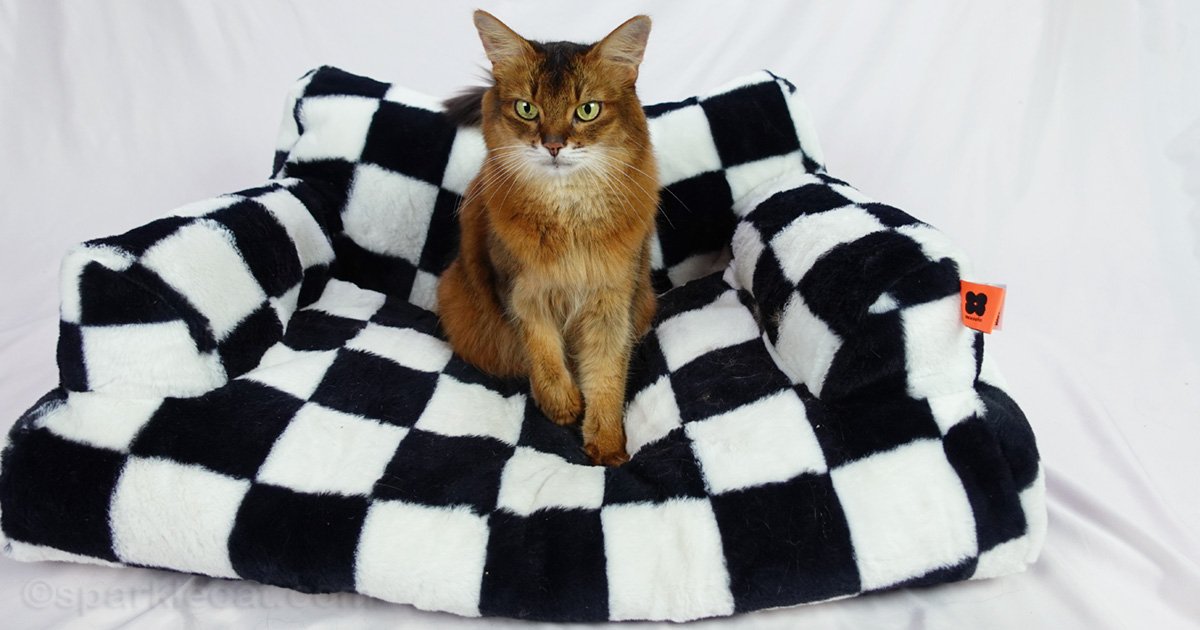Call it what you want — kneading, making biscuits, smurgling, or my human’s favorite, happy paws — it’s an activity that’s familiar to nearly all humans with cats.
But have you ever wondered why cats do this? Most people assume that this rhythmic paw stretching and kneading came from kittenhood memories of nursing. But while no scientific studies have been made about it, the truth seems to be a little more complex.



Another way to mark scent
Cats have sweat glands in their paw pads, but did you know that they also have glands between their toes? These glands secrete a scent that will mark whatever it comes in contact with. So when a cat kneads, they are claiming this spot as their own.
It’s a form of stretching
The movements cats make with their toes and paws are a way to stretch and get a mini-paw massage. It enhances flexibility and feels good. If you’ve ever had a hand massage, you’ll understand.
They are making their bed
The same way humans fluff up their pillows and blankets before settling in bed with a good book, cats are making their napping area more comfy. All cats, including big ones, do this, whether they’re in the wild, sleeping in tall grasses, or in an enclosure, with a man-made bed.
It’s mating behavior
Hopefully, your cats are spayed and neutered, so you don’t have to be concerned with this.
Your cat is relaxing
Well, yeah, that’s pretty obvious. In fact, it’s also relaxing to watch a cat go into kneading zen mode. And while it’s not a direct sign of affection, when a cat chooses you for happy paws and nap time, it does show that they consider you family and they feel totally comfortable around you.
Your cat is stressed
Yes, it can mean the total opposite too! But when a cat kneads because they are stressed, they also will show other signs of anxiety. Their bodies will be stiff, not relaxed, with their tail wrapped tightly around their bodies. Their pupils may be dilated and their ears pinned back. They may be trying to hide, and they may be breathing heavily. So if a cat is kneading out of anxiety, they’re trying to self-soothe, and it’s pretty obvious.
Not all cats knead past kittenhood. But if you have a cat that has kneaded their whole lives, and after years stops doing it, you might want to take them to the vet for a wellness check. It’s possible they are developing arthritis, or are feeling ill for another reason. Also ask yourself if there are any changes around the house that could be stressing them out. If it’s a situation you can’t easily solve, you may want to find a cat behaviorist to help.



One last question a lot of people have: what to do about those claws pricking your lap? The most logical solution is regular claw trims. (That’s why my happy paws never hurt!) But if that’s not possible, put a thick blanket between those paws and your body. Or redirect them onto a separate comfy surface. Kneading should be a pleasant experience for both you and your cat.
I hope you found out something new today about this fascinating and under researched aspect of cat behavior! If you have any stories about your own cat’s happy paws, let’s discuss it in the comments.
Want to find out more about us kitties? Try these:


